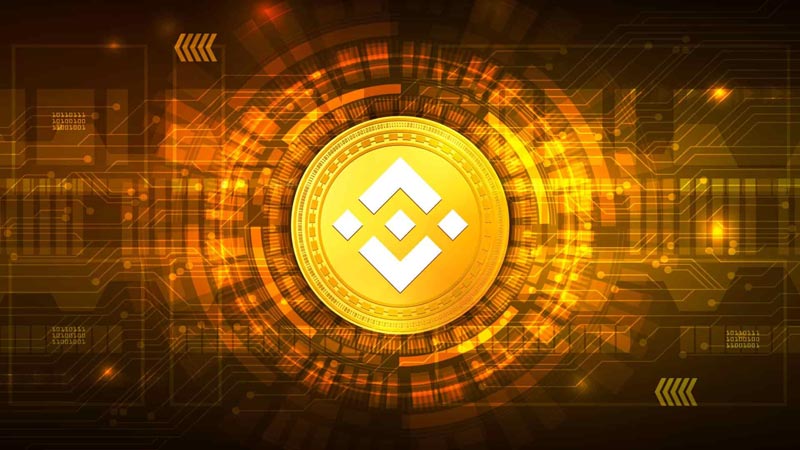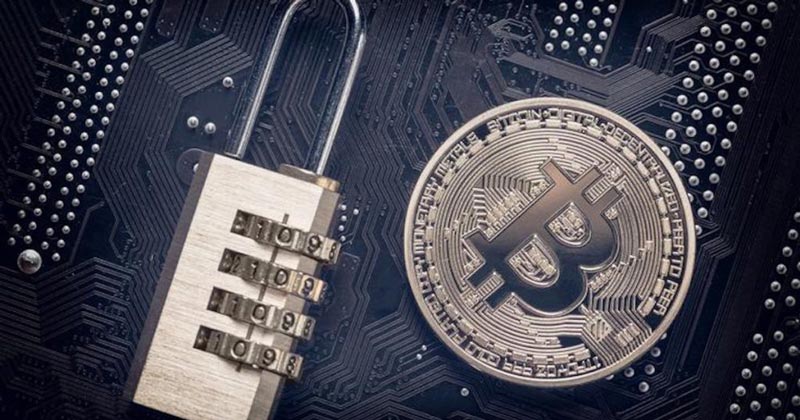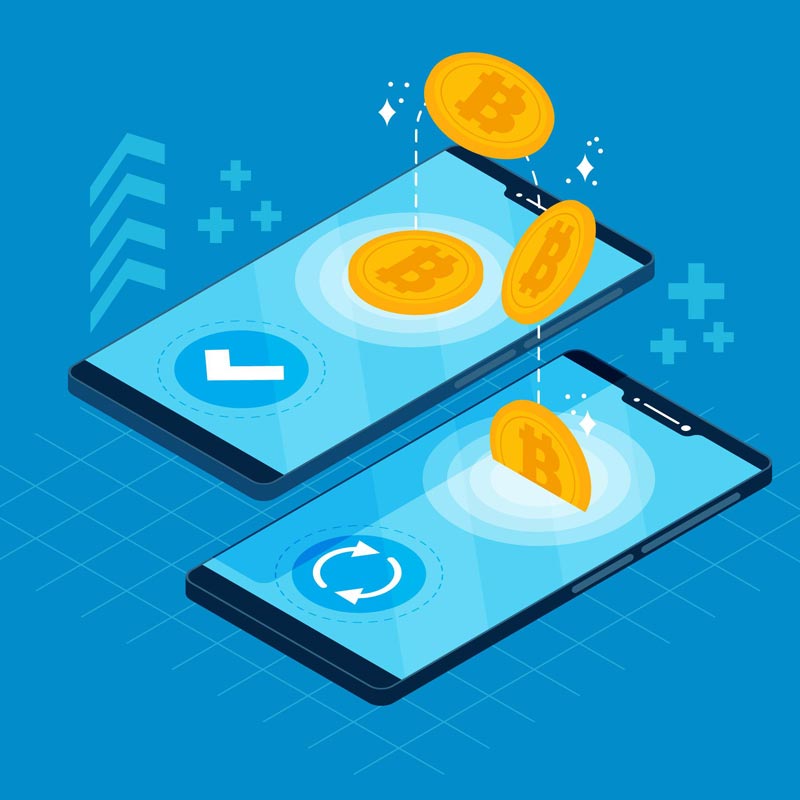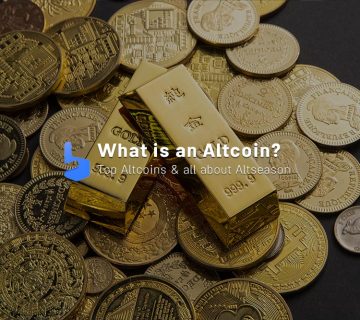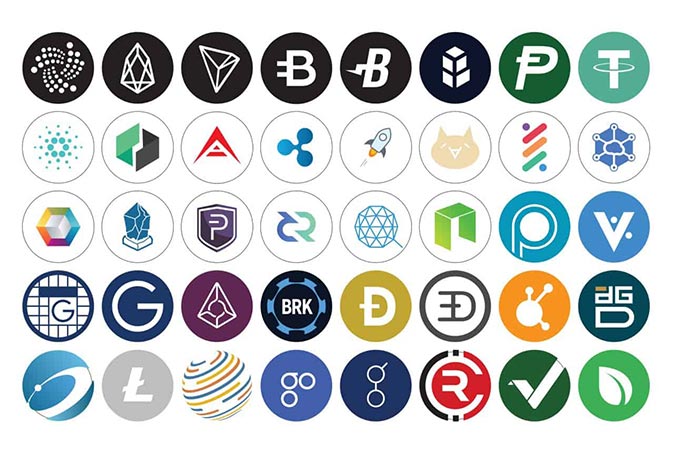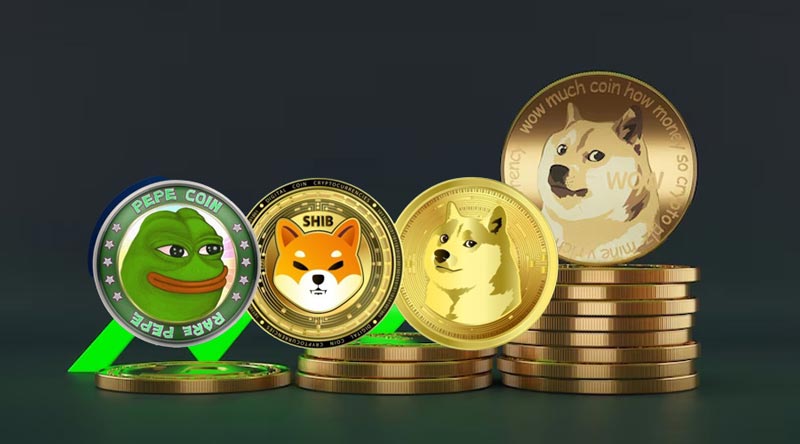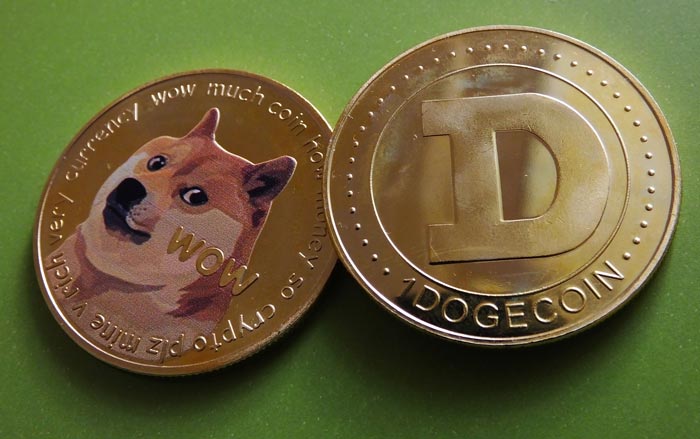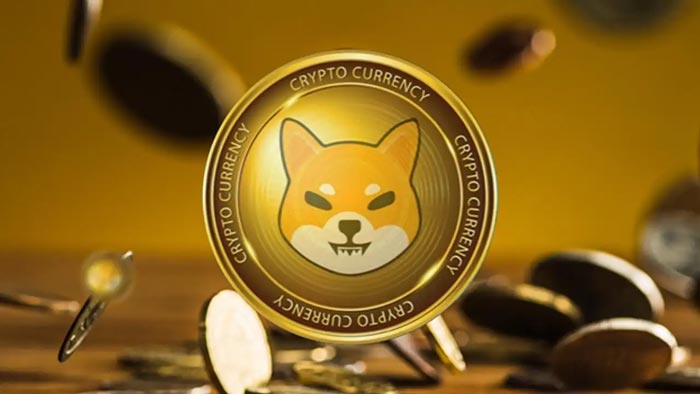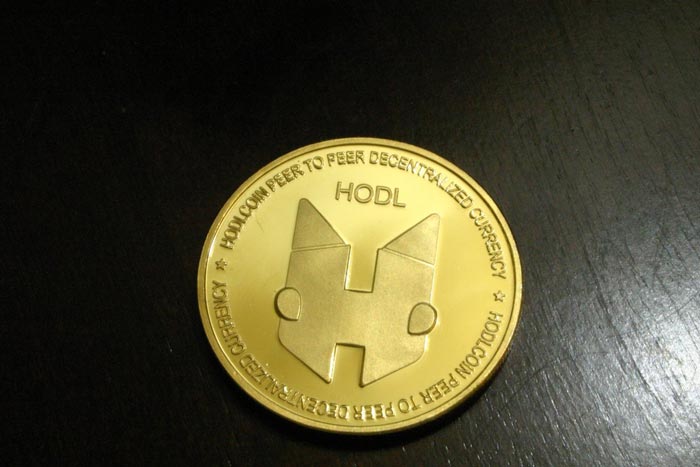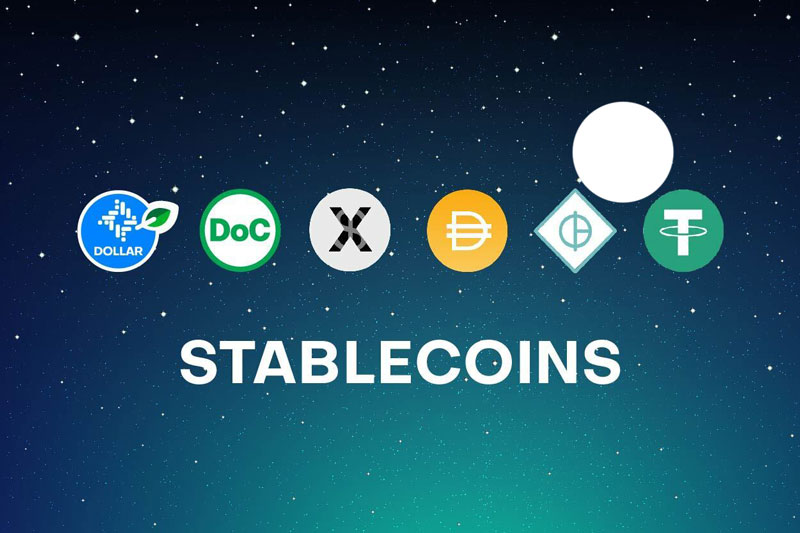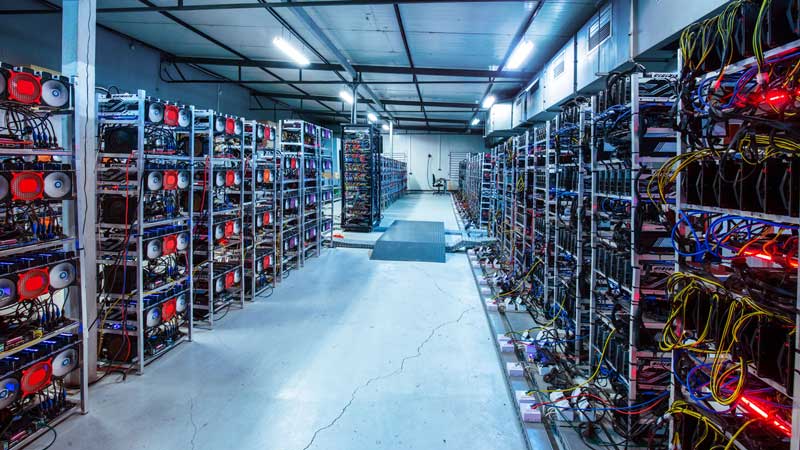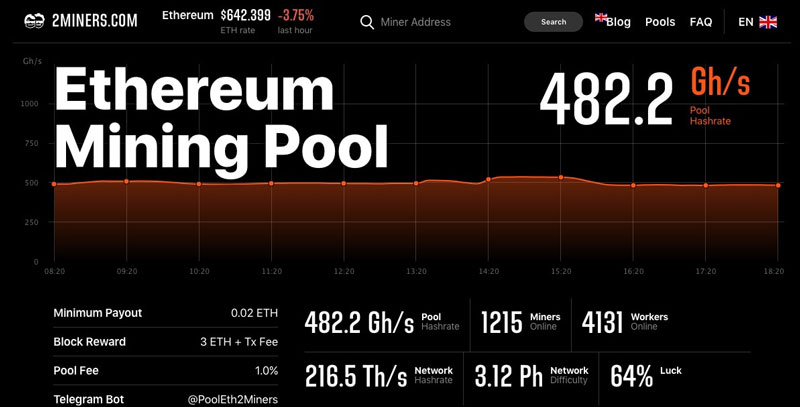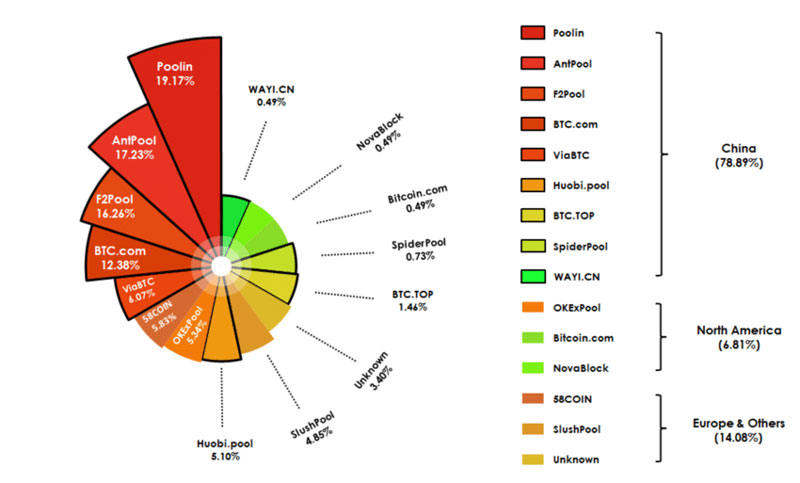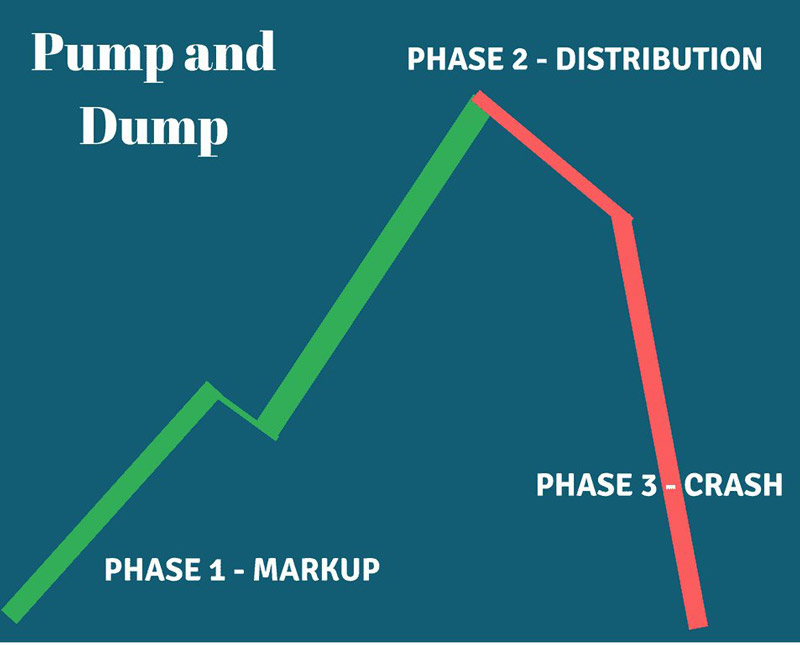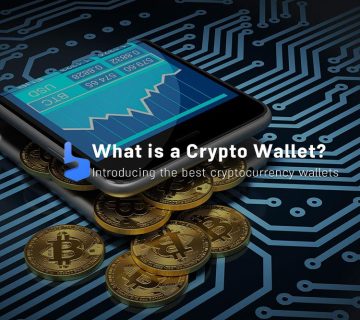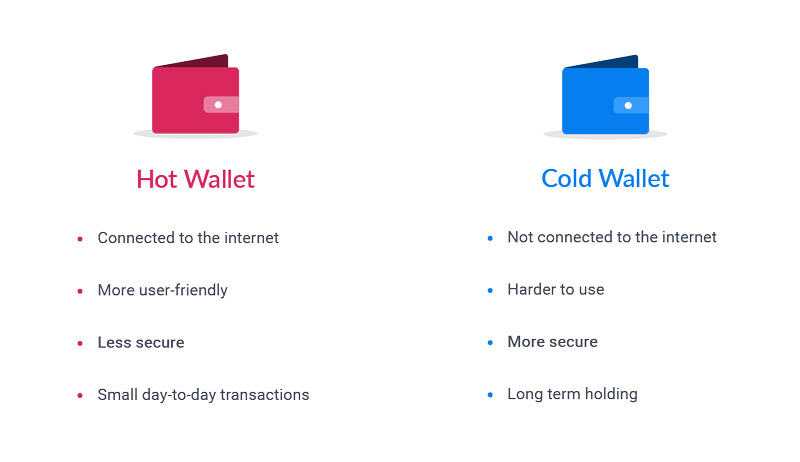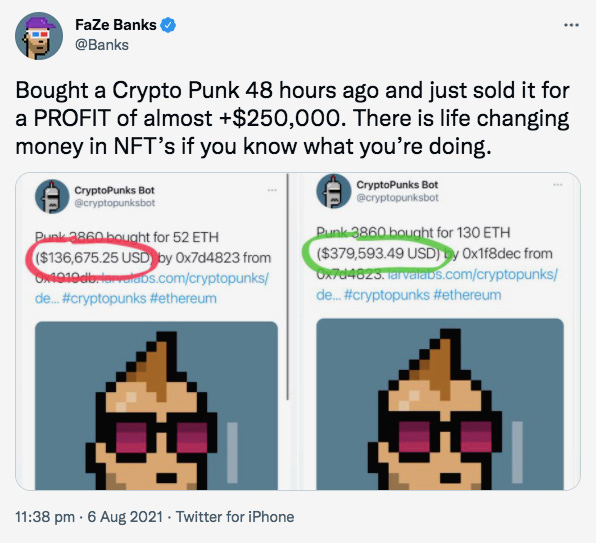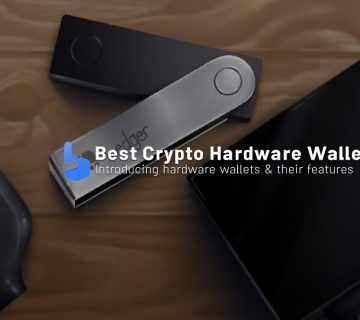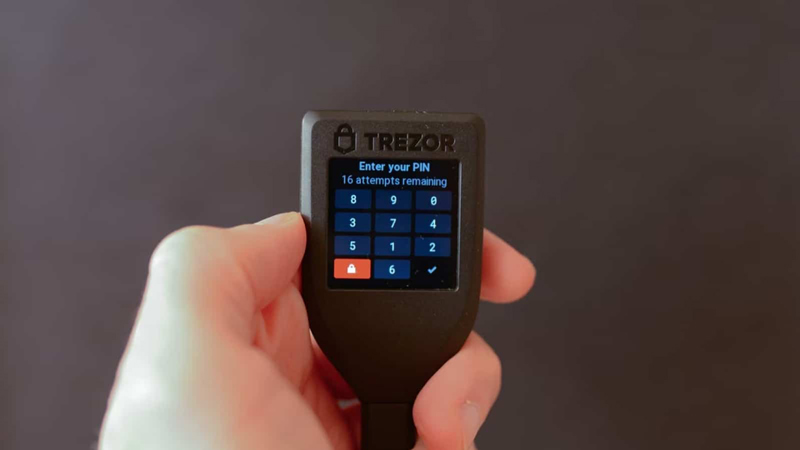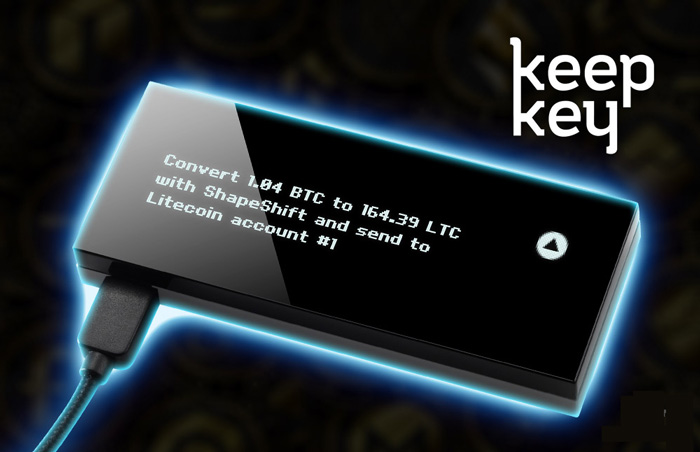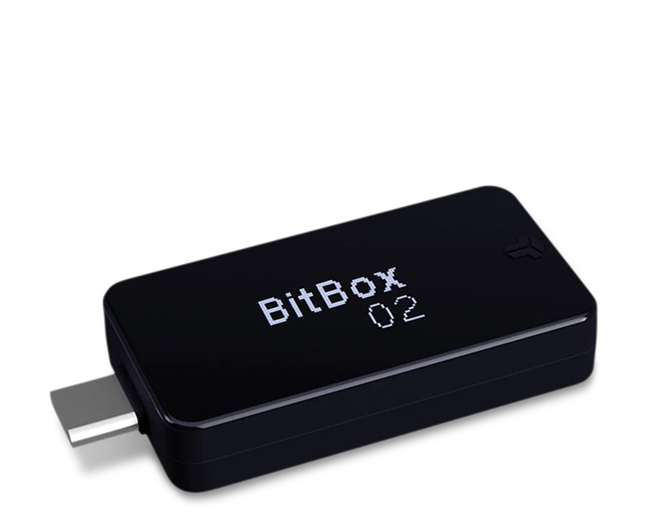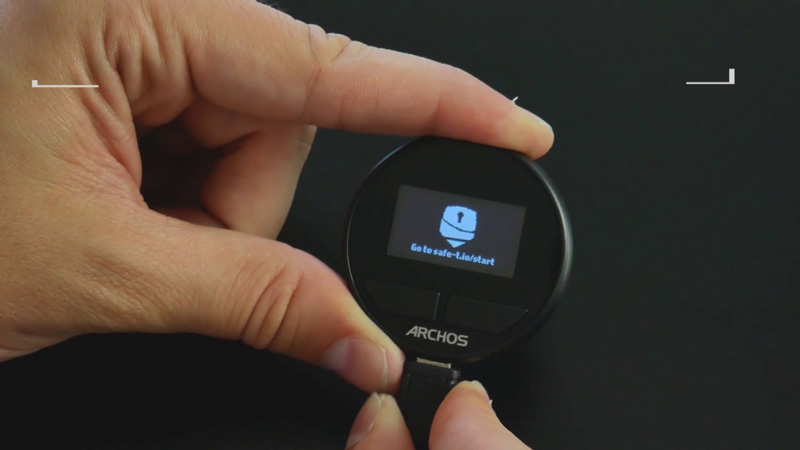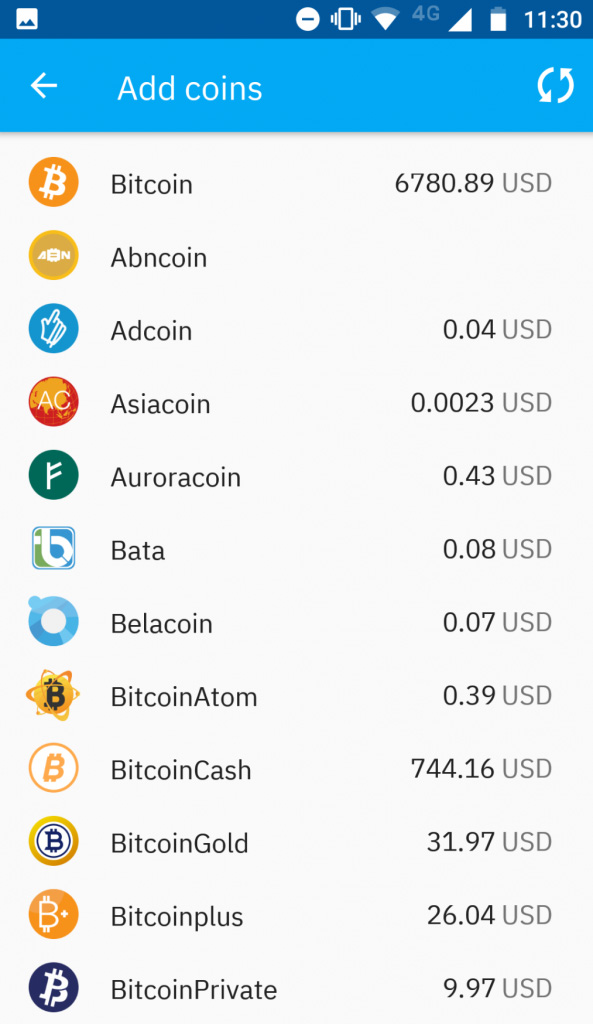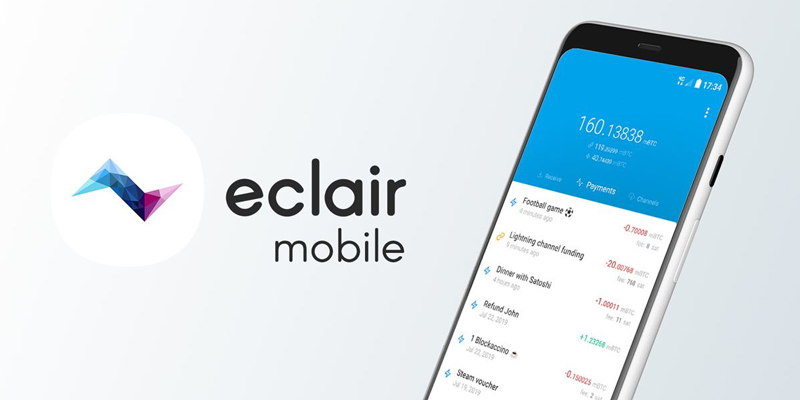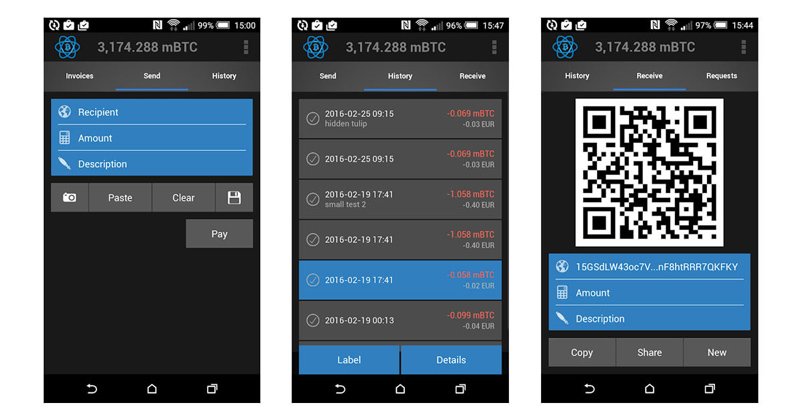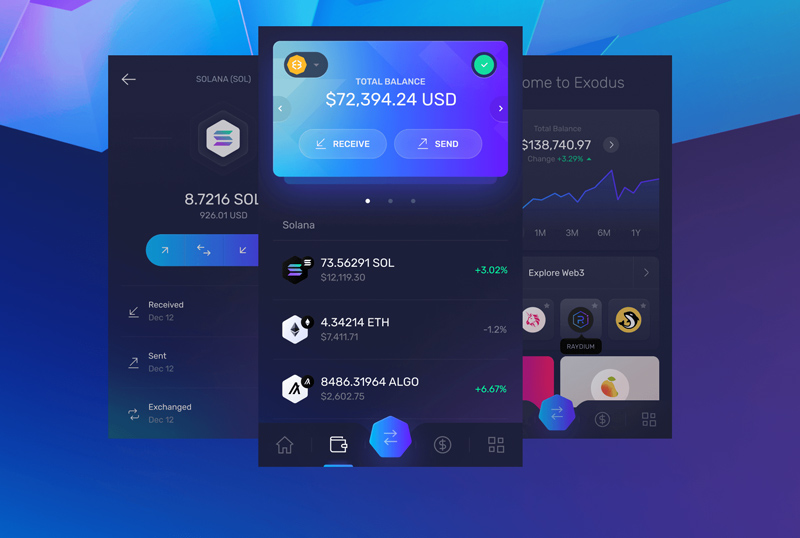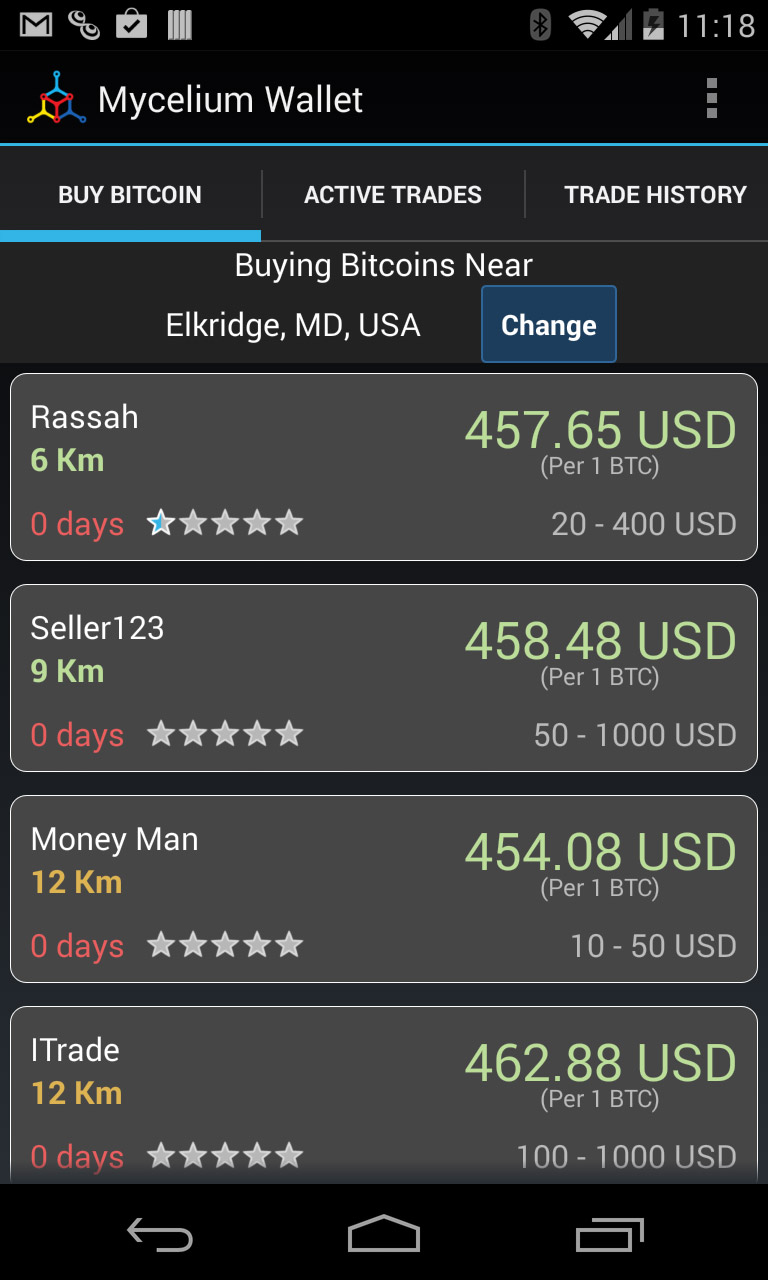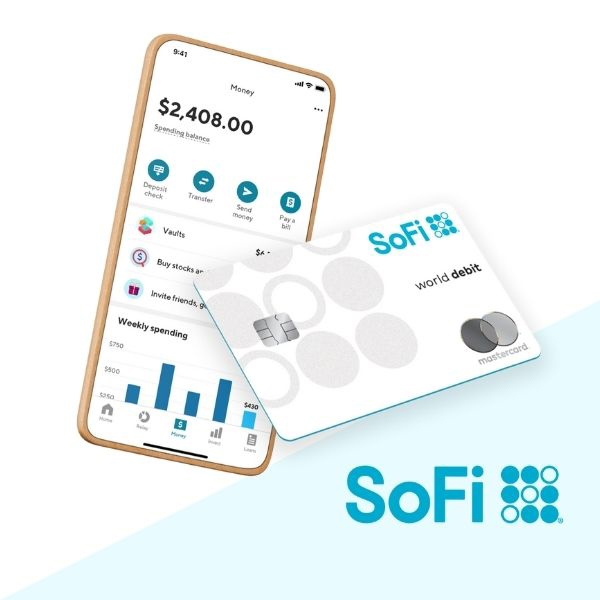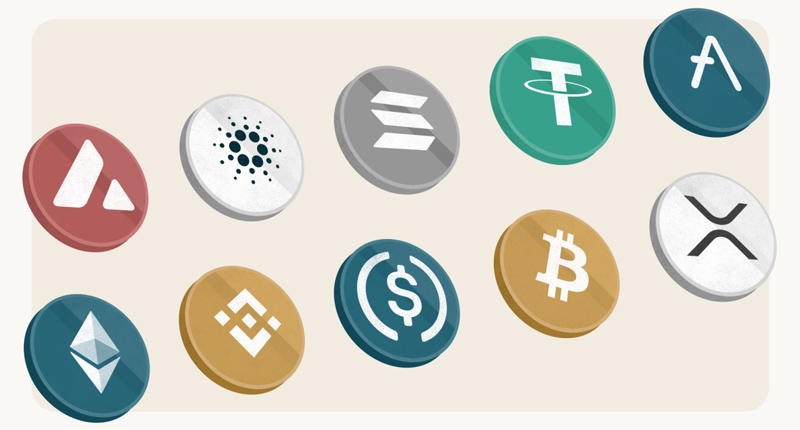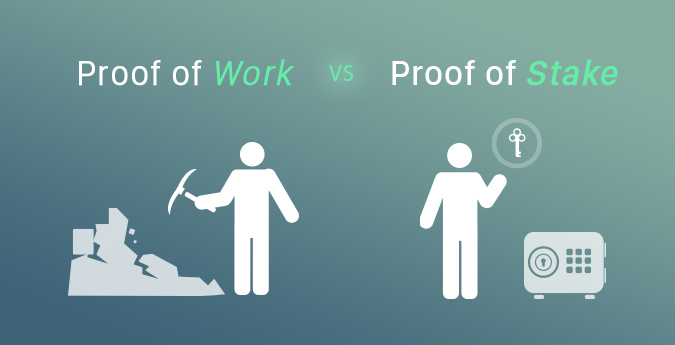
Binance Coin | Definition and Uses of BNB
In the dynamic landscape of cryptocurrencies, Binance Coin (BNB) stands out as a token empowering the vibrant ecosystem on the Binance platform. Created by Changpeng Zhao (CZ) and the Binance team, BNB crypto was introduced in July 2017 with a vision to revolutionize how users interact with crypto assets and blockchain technology. Since its inception, BNB has evolved from a simple transaction fee discount token to a multi-faceted asset with diverse functionalities and widespread acceptance.
At Brokerland, across various educational articles on Forex and crypto, numerous concepts ranging from coin introductions to topics on Bitcoin mining, mining pools, or cloud mining have been covered. This article delves into the origins, objectives, applications, and evolving role of Binance Coin in the broader cryptocurrency ecosystem, elucidating its significance and impact in decentralized finance (DeFi), tokenomics, and blockchain innovation.
Join us as we explore the journey and evolution of BNB crypto and uncover the factors contributing to its unique position in the world of cryptocurrencies.
Introduction to Binance Coin
Binance Coin is a cryptocurrency created by Binance, one of the largest and best crypto exchanges in the world. Launched in July 2017, BNB initially started as an ERC-20 token on the Ethereum blockchain before transitioning to Binance’s native blockchain, Binance Chain, with the launch of the Binance Mainnet in April 2019. Here’s a summary of the invention process and timeline of BNB:
Inception and ICO (Initial Coin Offering) of BNB Crypto
July 2017: Binance was founded by Changpeng Zhao, a prominent figure in the crypto industry. The platform quickly gained popularity due to its user-friendly interface, low transaction fees, and strong security features.
Within a few weeks of its launch, Binance announced its plans to introduce its native cryptocurrency, Binance Coin (BNB). The initial goal of BNB crypto was to facilitate transactions on the Binance platform and incentivize users through benefits and various tools.
Binance conducted an Initial Coin Offering (ICO) for BNB and issued 100 million tokens (out of a planned total supply of 200 million tokens) to investors and early supporters. The ICO took place from January 1st to July 21st, 2017.
ERC-20 Token Based on Ethereum
July 2017 – April 2019: Initially, BNB crypto was launched as an ERC-20 token on the Ethereum blockchain, adhering to the ERC-20 standard for tokens. This allowed Binance to quickly distribute BNB during the ICO phase among investors.
Transition of BNB to Binance Chain
April 2019: Binance officially launched its own blockchain, Binance Chain, along with the Binance Mainnet. As part of this transition, BNB moved away from the Ethereum blockchain to become the native asset on the Binance Chain.
Migration Process: Binance facilitated the migration of BNB tokens from the Ethereum blockchain to Binance Chain. Holders of BNB were instructed to swap their ERC-20 BNB tokens with native Binance Chain coins.
Purpose and Uses of BNB Crypto
Every cryptocurrency, from Bitcoin to stablecoins and altcoins like Dogecoin or Solana, has its own specific purpose and use cases defined by its characteristics. The primary purpose of Binance Coin is to serve as a utility token within the Binance ecosystem.
It is designed to facilitate various use cases and offer benefits to users of the Binance platform, such as decentralized crypto exchanges like PancakeSwap and SushiSwap, which use their native tokens to provide cost savings and convenience to users. Key functions and applications of BNB icrypto nclude:
- Transaction Fee Discounts: One of the most notable use cases for Binance Coin on the Binance platform is paying transaction fees. Users holding BNB in their Binance accounts can use it to pay for trading fees and receive significant discounts (usually 25%) on these fees. This has been a key incentive for adoption and use of this currency among traders on Binance.
- Token Sales and Investments: Binance Launchpad, the platform for launching Binance Coin, often requires participants to hold a certain amount of BNB crypto to qualify for token sales. Therefore, holding BNB can provide exclusive investment opportunities in new crypto projects for users.
- Binance Smart Chain (BSC) Transactions: With the emergence of Binance Smart Chain, a blockchain compatible with Ethereum launched by Binance, BNB acts as the primary asset for powering transactions, executing smart contracts, and paying network fees on BSC.
- Staking and Yield Farming: BNB crypto holders can participate in yield farming activities to earn rewards and generate passive income. Binance periodically offers opportunities for holders of this currency to earn additional BNB or tokens.
Tokenomics Concept
Similar to Bitcoin halving of maintaining and preventing its value from declining, BNB also has a mechanism to maintain its price. The total supply of this token is limited to 200 million tokens. Binance periodically conducts token burns, where a portion of BNB tokens are permanently taken out of circulation, reducing the overall supply. This token burning process is designed to create scarcity and potentially increase the value of the remaining tokens over time.
Is Binance Coin Safe?
Binance Coin, which was initially launched through an Initial Coin Offering (ICO), has since become one of the most recognized and widely used cryptocurrencies in the market, safeguarding it against abuses like pump and dump schemes commonly found in meme coins or shitcoins.
Overall, determining whether this coin (BNB) is “safe” or not requires consideration of several factors related to technology, adoption, and use within the Binance ecosystem. Here are key aspects to consider when assessing the safety of BNB:
Binance Exchange Security
The security of any exchange, whether Binance and BingX or ByBit and CoinEx, is of utmost importance and should be thoroughly examined. BNB crypto is fundamentally associated with Binance, one of the largest and most reputable crypto exchanges globally.
Binance has made significant investments in security measures to protect user funds and assets. This includes deploying robust cybersecurity protocols, implementing two-factor authentication (2FA), and maintaining insurance coverage to mitigate potential losses.
Binance Coin Blockchain Security
BNB initially existed as an ERC-20 token on the Ethereum blockchain before transitioning to the Binance Chain and subsequently the Binance Smart Chain (BSC). Both the Binance Chain and BSC are maintained by Binance, with BSC being a proof-of-stake (PoS) blockchain. Blockchain security relies on factors like consensus mechanisms and network decentralization, which can significantly impact overall safety.
Acceptance and Liquidity of BNB Crypto
The widespread acceptance of Binance Coin as a utility token within the Binance ecosystem contributes to its overall safety. Liquidity and trading volume of the token on reputable exchanges provide additional assurance to investors and users.
Regulatory Compliance
Similar to discussions on regulation in a forex broker or prop trading firms, exchanges also need to be licensed and regulated. Binance operates in multiple jurisdictions and adheres to legal requirements when necessary. Compliance with regulations can enhance the safety of using Binance Coin on the Binance platform.
Risks and Considerations Associated with Binance Coin
Despite these factors, understanding potential risks associated with any cryptocurrency, including BNB, is essential:
- Market Volatility: Like many cryptocurrencies, the value of BNB crypto can be subject to significant price fluctuations, creating slippage and risks for investors.
- Centralization Concerns: BNB’s association with Binance raises questions about centralization, as Binance controls the Binance Chain and BSC. This can impact governance and decision-making related to the ecosystem.
Users can enhance their crypto safety, including that of Binance Coin, by taking personal security measures such as using secure crypto wallets like Trust Wallet (a crypto wallet for Android) or Ledger (a secure hardware crypto wallet), enabling 2FA, and practicing vigilance against phishing attacks.
Evolution and Growth of BNB Crypto
Binance Coin has undergone significant transformation and growth since its inception. With the launch of Binance Chain and subsequently Binance Smart Chain (BSC), BNB has expanded its utility beyond just a transaction fee discount token. Now, it provides a complete ecosystem of decentralized applications (dApps), decentralized finance (DeFi) projects, and non-fungible token (NFT) platforms within the Binance ecosystem.
The market value and acceptance of BNB stem from Binance’s strong presence in the market, innovative initiatives, and strategic engagements in the blockchain and digital asset industry. Binance’s commitment to expanding the use cases and applications of this coin continues to attract investors, traders, and developers to leverage the capabilities of the Binance ecosystem.
Summary
Binance Coin was initially designed as a utility token within the Binance ecosystem. Various objectives, including paying transaction fees on Binance, participating in token sales through Binance Launchpad, enhancing transactions and smart contracts on Binance Smart Chain (BSC), and activating various decentralized applications (dApps) in this ecosystem, are being achieved.
The relative safety of BNB depends on various factors, including its association with Binance, blockchain security, acceptance, and regulatory compliance. While BNB has demonstrated flexibility and utility within the Binance ecosystem, users should exercise caution, conduct thorough research, and consider personal risk tolerance when investing or trading BNB or any crypto.
Binance has continuously expanded the use and acceptance of this coin since its inception. This token has evolved beyond a simple transaction fee discount and has become a key component of the broader Binance ecosystem, supporting various DeFi projects, NFT platforms, and blockchain-based applications.
The invention of BNB crypto was a significant milestone in Binance’s growth story, enabling the exchange to create a strong ecosystem centered around its primary token. Through advancements and strategic collaborations, this coin has become an integral part of the global crypto asset landscape.

